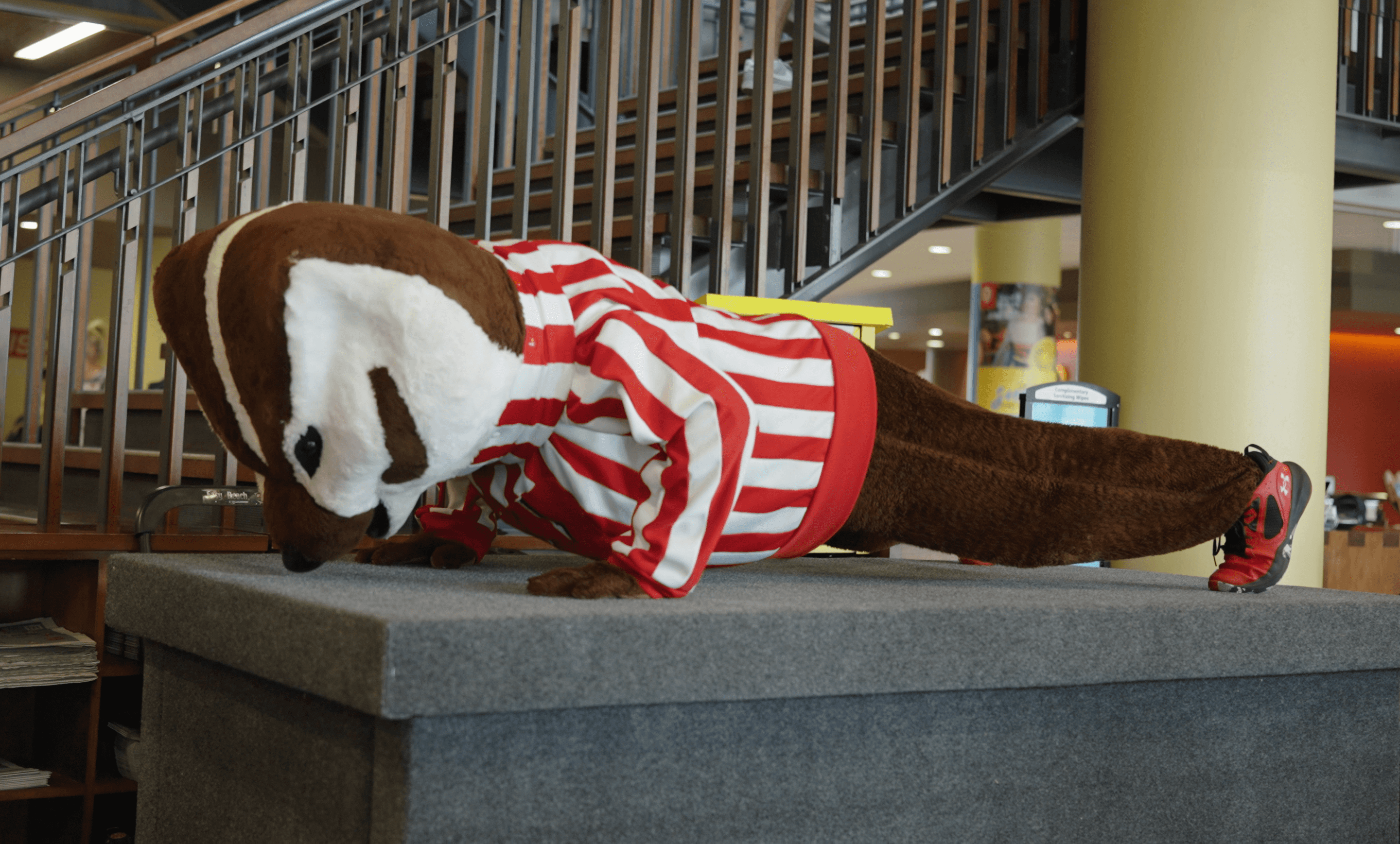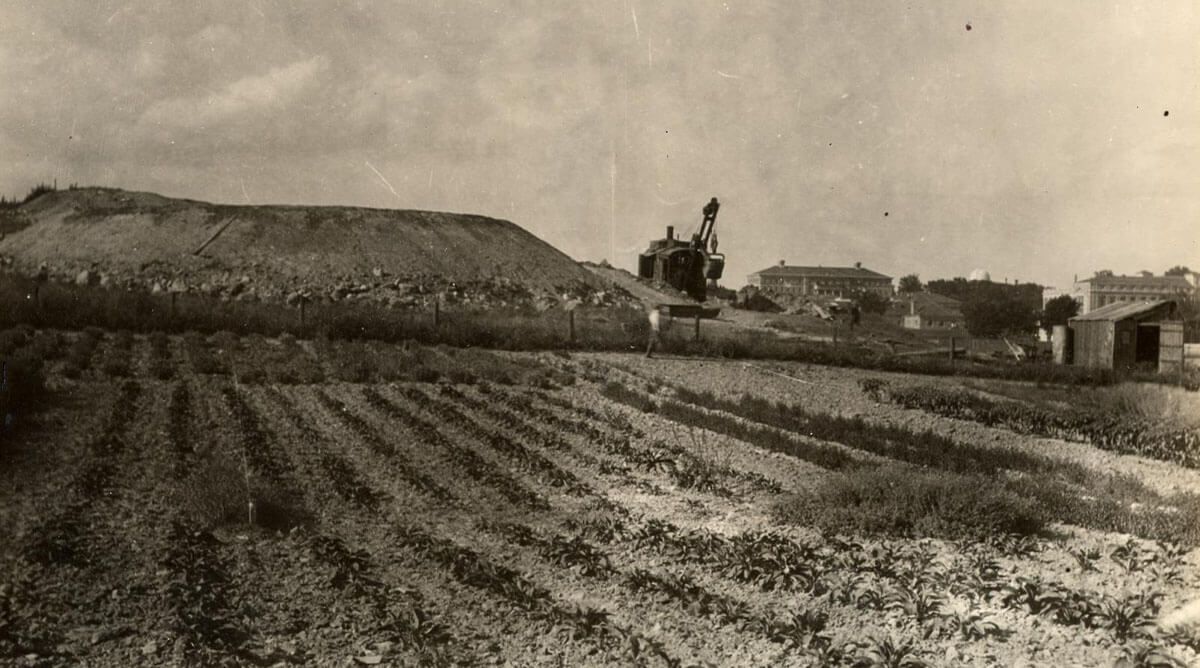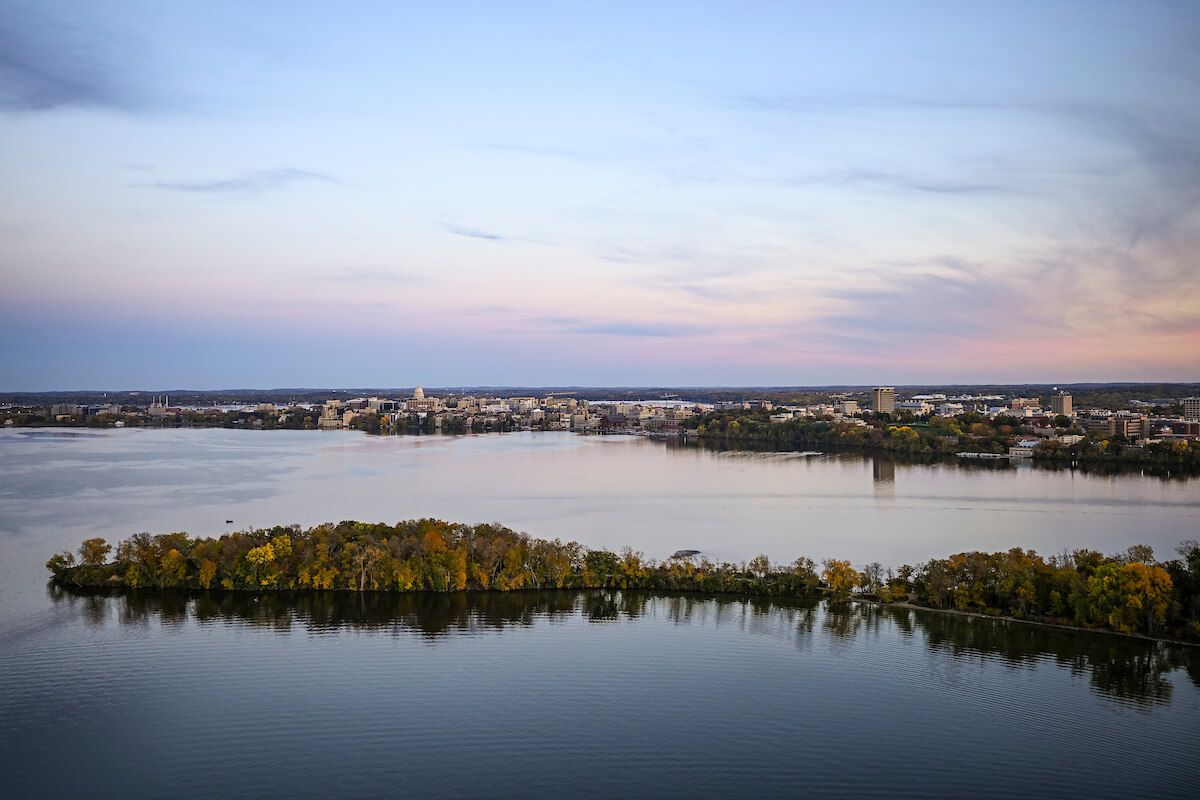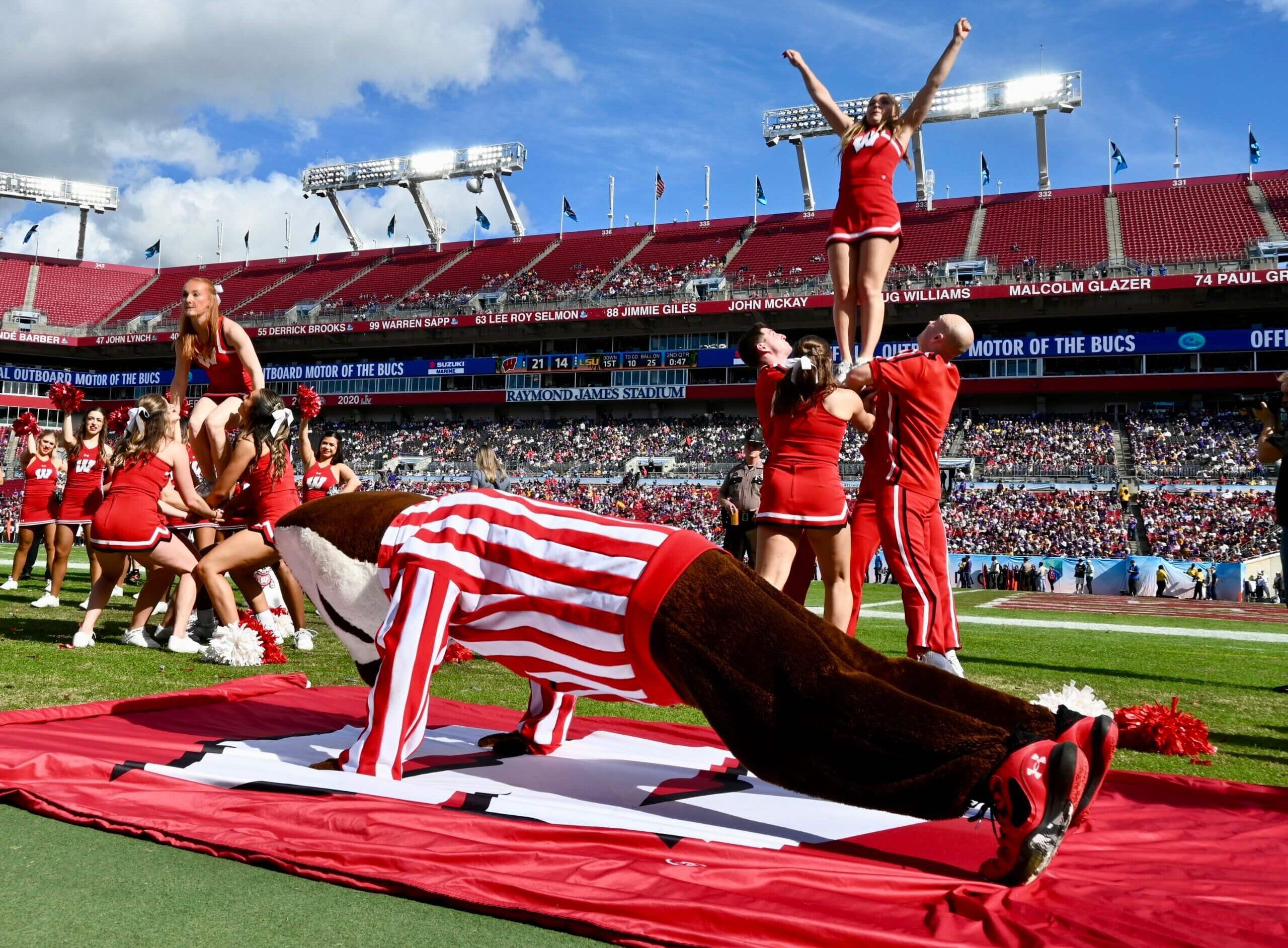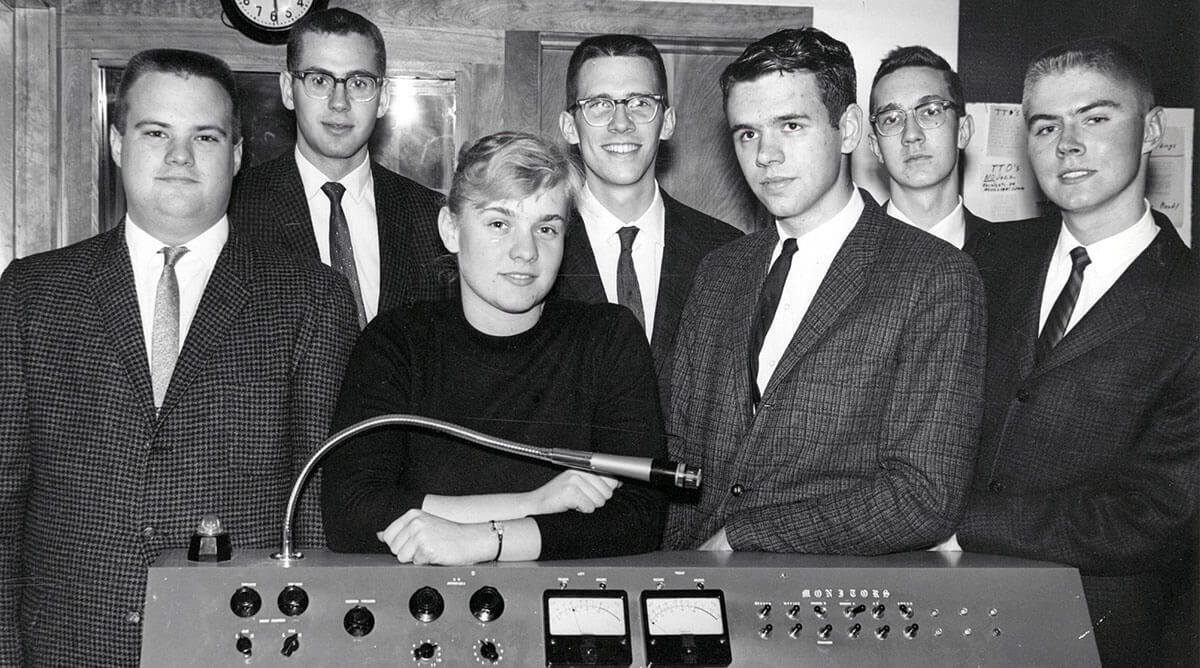Did you know that UW–Madison helped to launch the satellite era?
In the early morning hours of September 6, 1962, a streak of light flashed across the sky above Manitowoc County. More than 3,000 pounds of Soviet technology were burning up in the atmosphere until all that was left was a 20-pound metal hunk, which slammed into the asphalt on North Eighth Street in Manitowoc. Sputnik 4, a failed attempt to launch an orbiter, had reached the end of its ill-fated, 28-month journey through space.
Although the space race was the cause of great anxiety for Americans of the early 1960s, the lumpish remains of this Soviet satellite spawned one of Manitowoc’s favorite traditions, Sputnikfest, which is celebrated every September.
Satellites and Wisconsin have a much deeper history than the hole knocked in North Eighth Street, however. Three years prior to the crash, and 135 miles to the southwest, UW–Madison scientists were working to perfect America’s weather satellites. Verner Suomi, a legendary UW meteorologist, helped to design the experiments that went up in NASA’s Explorer 7, which launched in October 1959.
Explorer 7 began an era in which UW scientists helped to define satellite meteorology. In the mid-1960s, Suomi invented a device called the spin-scan radiometer, which revolutionized the function of weather satellites. The premise of spin-scan was to use the rotation of a geosynchronous satellite — one that orbits above a fixed position on the ground — to scan the entire sunlit globe. It was simple, said Suomi: “The weather moves, not the satellite.”
Using spin-scan technology, NASA could — from 22,000 miles above Earth — capture a series of pictures showing clouds in motion. It became the basis for the time-sequence cloud images that you see on TV weather segments.
“The weather moves, not the satellite.”
In 1965, Suomi founded UW–Madison’s Space Science and Engineering Center, which is the parent of the Cooperative Institute for Meteorological Satellite Studies. Today the UW remains a leader in meteorological studies, with Suomi’s followers using NASA’s most advanced instruments to track tropical cyclones, thunderstorms, blizzards, and more.
In 1962, space science collided with Manitowoc and spawned a “wacky, tacky, out-of-this-world festival.” At UW–Madison, we celebrate the wacky and keep the science moving forward.
